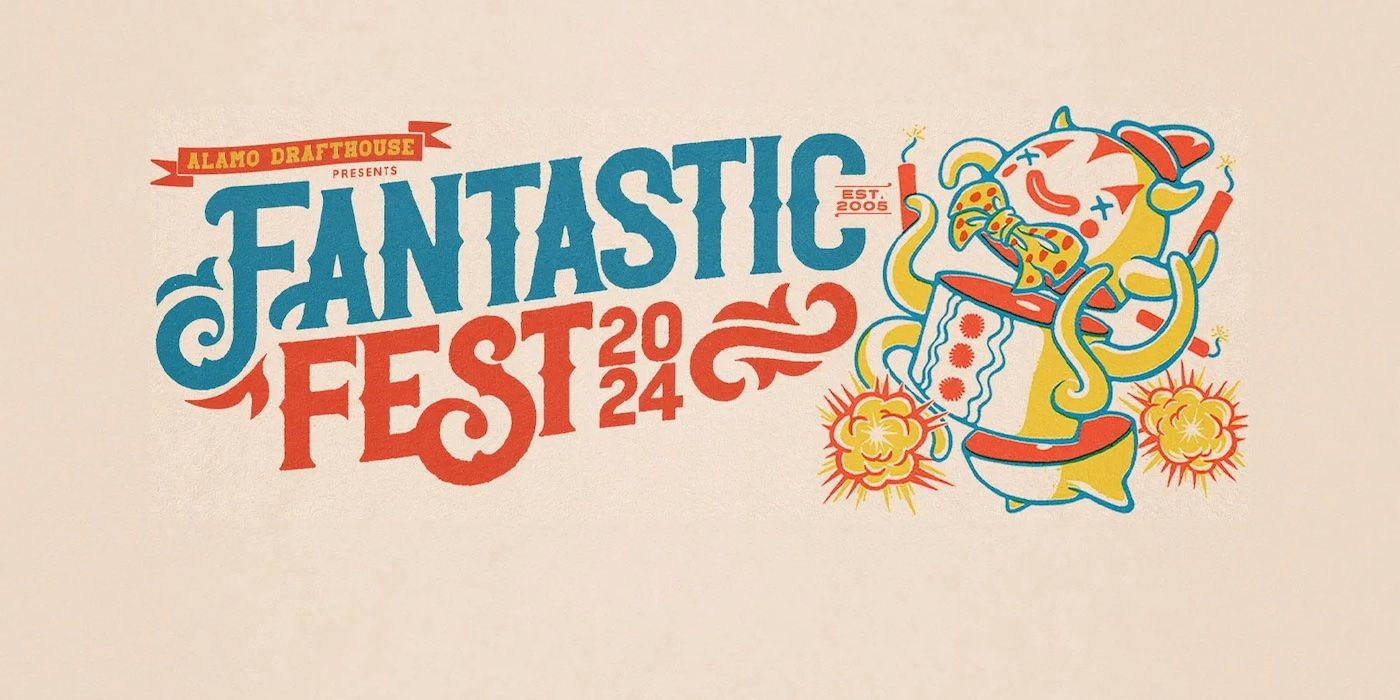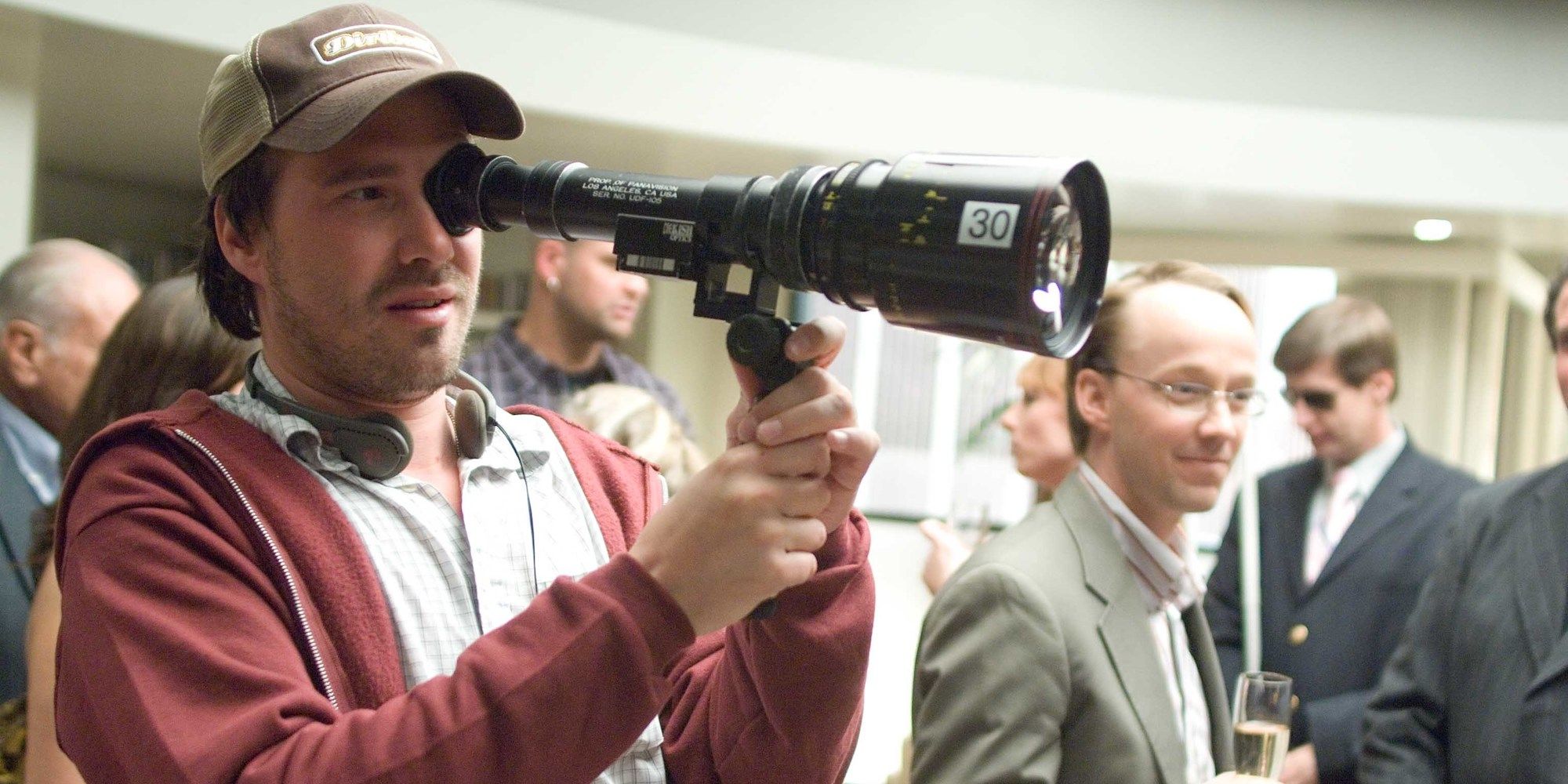Director David Moreau returns to horror prominence after 2008’s panned American remake of The Eye and 2017’s young adult thriller Seuls. MadS, which premiered at this year’s Fantastic Fest, is a continuous-shot nightmare, an apocalyptic adrenaline rush at blazing speeds. Moreau returns to his roots as the New French Extremity filmmaker who shocked the horror genre with 2006’s Them (Ils in French), as he conquers the ungodly task of making us believe we’re watching an uninterrupted shoot. MadS was filmed in five takes over five days, but you’d never be able to tell. Moreau’s control over perpetual motion is a one-way descent into infection-spreading madness, highlighting tremendous performances as we observe the beginnings of humanity’s end spread in real time.
‘MadS’ Is Chaotic Right From the Beginning
The experience starts by introducing 18-year-old Romain (Milton Riche), a high-spirited boy who pops a new pill from his dealer. Romain’s recently graduated, and the night’s festivities are meant for celebration — until a bandaged woman climbs into his parked car. The bleeding hitchhiker is in agony; Romain panics as he attempts to help, but she ends up dying. Romain now has a body in his car, his out-of-town father starts calling, and his lover Anais (Laurie Pavy) is on her way to his house. This all happens within the first few minutes, mind you. Moreau wastes no time enveloping his audience in unexplainable chaos, but that’s a mere taste of the hallucinogenic insanity Romain is about to encounter.
It’s an out-of-bounds movie math equation. New Life meets Climax meets Run Lola Run. Moreau examines a contagion outbreak on a molecular level, choosing to platform a few characters caught in what’s presumed to be a global event. That might frustrate viewers who demand explanations beyond what Romain and his closest acquaintances undergo, but there’s an organic fear inherent in such personal doomsday accounts. Broader apocalypse tales usually begin when civilization has fallen, and they can exploit the “good stuff” — zombie battles, survivor warfare — but Moreau favors intimate nightmares when there are no answers. That’s where the true horror exists. Normalcy rapidly shifts from railing lines in bathrooms and chatting about romantic drama to fleeing armed soldiers trying to contain an unknown cataclysmic exposure with bullets.
Intimacy defines MadS. Kills aren’t just a bite, torn flesh, and a turned vessel. You’re correct to assume Romain’s interactions with the escaped woman (who hacks blood in his face) lead somewhere unsettling, reminiscent of Eduardo Sánchez and Gregg Hale’s “A Ride in the Dark” segment in V/H/S/2. MadS offers no answers to mass effect, as we can only sit and watch as Romain succumbs to illness, and how that spreads throughout partiers, French suburbs, and metropolitan hubs. The pain, physical agony, and ensuing dementia that overtake the narrative is a sublime taste of crushing inevitabilities, and Moreau never relents. Once the film starts, a runaway train barrels through obstacles as its conductor laughs in your face.
‘MadS’ Features a Terrific Ensemble of Horror Performers
MadS invests in a trio of young actors who are immaculate when called upon to shine. Given the single-shot nature, with a camera glued to an actor of choice, there’s a baton-handoff element that never grows tiresome. Milton Riche is the carefree playboy who eases us into the conspiracy, teasing the more hormonal effects of an infection he inadvertently brings to a jam-packed house party. He’s our initial guide, where on the other side, Lucille Guillaume’s Julia closes the door as France crumbles around a frantic girl scootering home to protect her mother. Where Ritchie excels at subtly — then not so subtly — succumbing to rage virus behaviors, Guillaume is the panicked survivor trying to avoid contamination. Julia’s reactions to a world on fire lead to an outstanding Call Me By Your Name-esque ending for the horror lover’s soul. But the middle? That’s where MadS shines.
Laurie Pavy’s evolution into the apex MadS predator is one of my favorite horror performances in recent memory. She’s on the level of Jane Levy in Evil Dead or Toni Collette in Hereditary, fully immersing into rage-ified animalistic attributes. Infected individuals drift in and out of consciousness, as her personality flips from terrified little girl to possessed Purge Nigther on acid. The way she does anything is given maximum effort: her dazed licking at streetlights, her screaming for “mommy,” the giggly skip-walk she does toward an innocent biker, her Deadite aggression, the humanity she squeezes past inhumane outbursts, her spastic convulsions. Pavy’s performance is pure genre perfection.
David Moreau Didn’t Need a Huge Body Count to Make ‘MadS’ Memorable
Moreau manages to drown his audience in waves of dread without relying on a massive body count. Legitimate scares are peppered between a bass-thumping demonic character study, all while cinematographer Philip Lozano’s twisting and voyeuristic camera keeps pace with anything from sprinting MadS maniacs to Romain’s convertible. The technique applied is multifaceted and devastating for infinite reasons, even from a digital effect that sees Romaine drive between the film’s title like it’s framing the road. Once the key is in the ignition, there’s no stopping Moreau’s ambitious, rocket-powered take on Day Zero apocalypse stories. It’s artistic, ravenous, and boundless in a way that honors the spirits of the New French Extremity movement. MadS is the kind of horror experience that feels like you’re new to the genre again — and oh what a glorious feeling that is.
MadS premiered at 2024’s Fantastic Fest. It will be available to stream on Shudder from October 18.






